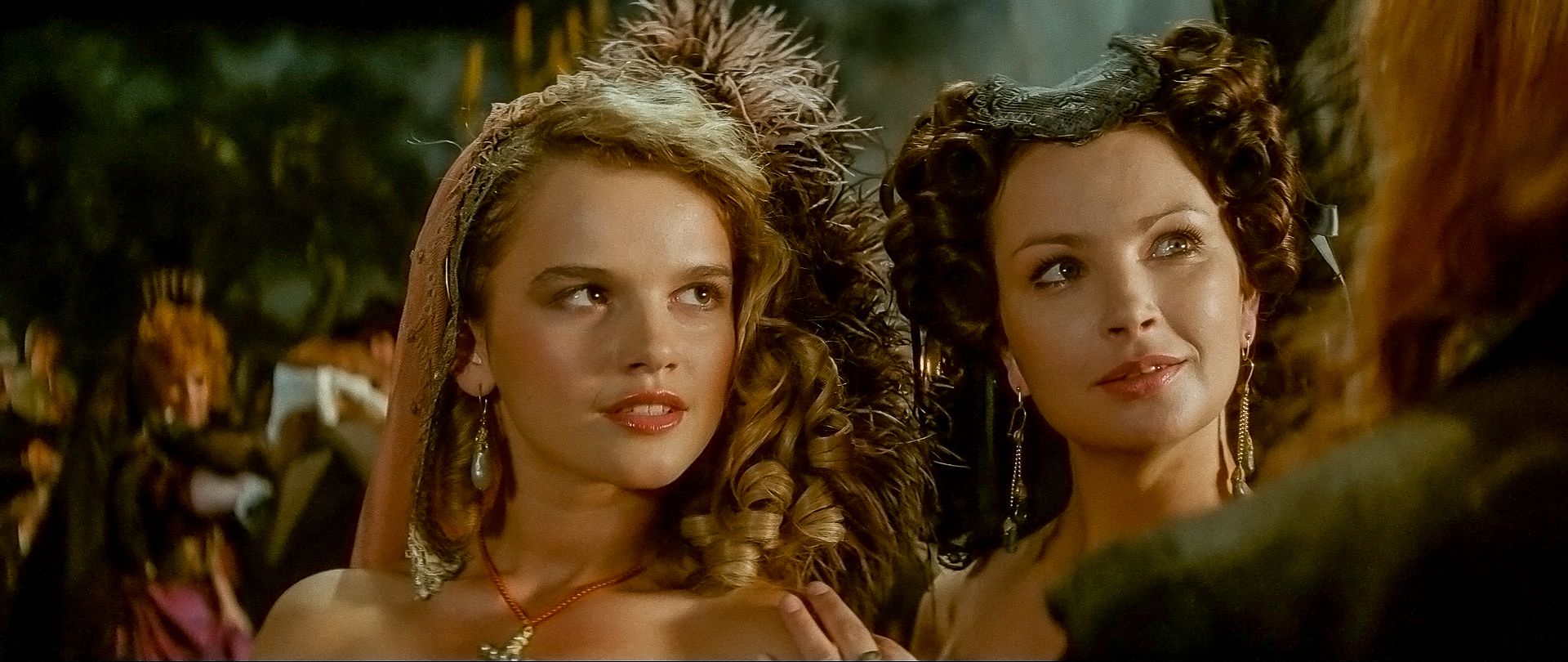tytuł oryginalny: Memories of A Sinner
reżyseria: Wojciech Jerzy Has
występują: Piotr Bajor, Maciej Kozłowski, Janusz Michałowski, Hanna Stankówna
kraj i rok produkcji: Polska 1985
czas trwania: 114'
data premiery: 1986-10-20
original language: Polish with English subtitles

Nocą, na opuszczonym cmentarzu, żołnierze odkopują grób. Wydobyte zwłoki ożywają. W zaciśniętej dłoni mężczyzna trzyma zwinięty rulon pergaminu - pamiętnik, dla którego dopuszczono się potajemnej ekshumacji. Ożywiony trup Roberta rozpoczyna opowieść o swoim życiu: zrodzony z grzechu, z miłości pozamałżeńskiej, nienawidził swego starszego brata, spłodzonego w legalnym małżeństwie. Dwóch młodzieńców wychowuje się po sąsiedzku, ale w dwóch odmiennych środowiskach. Starszy brat ceni sobie radości życia doczesnego, Robert zagłębia się w analizie grzechu, walcząc z ukrytymi pragnieniami, które wykorzystuje w swych manipulacjach Szatan, przyjmujący postać Nieznajomego...
Reżyser kolejny raz sięgnął tutaj po literaturę, która wydawała się nieprzekładalna na język filmu. Dzieło inspirowane jest utworem szkockiego poety Jamesa Hogga, stanowiącym rodzaj romantycznego poematu, będącego po części opowieścią grozy, który analizuje zależność woli i czynów człowieka od mrocznej strony jego duszy. Has zbudował swoją opowieść korzystając z motywu sobowtóra, co dało mu możliwość wprowadzenia interesujących rozwiązań. Obok wątku psychologicznego istotną rolę w filmie odgrywa wizja plastyczna reżysera i sposób organizowania przestrzeni. Film Hasa trudno odczytać jednoznacznie. Stanowi on raczej symboliczną przypowieść o ludzkim losie, który musi się wypełnić zgodnie z przeznaczeniem.
The 16th century in Europe was the time of religious wars. Robert (Piotr Bajor), an exhumed young boy from a noble family, tells a story of his fall to the ones who are alive. His reveling father and pious mother weren’t a good couple. They had a firstborn son, Gustaw, but Robert, as the second one, suspects that he’s a son of his mother and her priest. Gustaw, similarly to his father, is having fun all the time, however Robert is focused on spiritual matters. Due to his obsession of sin Robert meets a smart stranger, who claims to be a friend. In reality, he’s an interesting embodiment of the devil (Maciej Kozlowski). What is more, due to rejection of his own, sinful nature, Robert meets his cynical double. From that moment, he’s travelling between reality and fantasy, he’s travelling in time. Space is also changed, it doesn’t have clear borders between the garden, chapel, and tavern. Robert, who is sure that he’s the chosen one, starts to punish sinners, including his relatives. "Memories of A Sinner" is a costume horror film. It’s based on a moral and metaphysical split between good and evil, the present and eternity, the feeling of me – not me. Visually, the film was inspired by baroque plays focusing on futility, romantic pictures of Caspar David Friedrich, paintings presenting feasts in a tavern created by Jan Steen and other artists. Spectacular set design is rich in culture of the epoch: props, costumes, interior design. The atmosphere is complemented with music performed by the Leccinum band and the Antiquo Modo Baroque Orchestra. An adaptation of James Hogg’s novel, a Scottish writer of the romanticism period (1924). It’s a Polish edition of "The Private Memories and Confessions of a Justified Sinner" (1969). The film won several awards: the Cinematography Award for Grzegorz Kedzierski at the Lubuskie Film Summer Festival in Lagow (1986), the Set Design Award for Andrzej Przedworski and the Music Award for Jerzy Maksymiuk at the Polish Film Festival in Gdansk (1986).